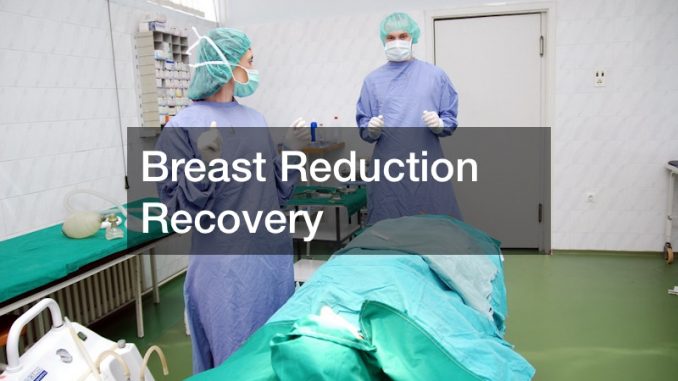

Breast reduction surgery, also known as reduction mammoplasty, is a procedure that involves removing excess breast tissue and skin to reduce the size of the breasts. The recovery process can vary, but in general, here’s what to expect.
Pain and Swelling
Some pain and swelling are normal after breast reduction surgery. It’s important to follow your surgeon’s instructions for taking pain medication and to avoid taking any over-the-counter medications or supplements that may interfere with blood clotting.
Wearing a Surgical Bra
Your surgeon will likely recommend that you wear a surgical bra for the first few weeks after surgery to support the breasts and reduce swelling.
Rest and Avoid Activity
It’s important to rest and avoid strenuous activities for the first few weeks after surgery to allow your body to heal. Gradually increasing your activity level as you feel able is generally recommended.
Follow-up Care
Your surgeon will likely schedule follow-up appointments to check on your healing and to remove any stitches or drains. It’s important to attend these appointments as scheduled. It may take several weeks or months for the swelling to resolve and for the final results of the surgery to be visible.
.
Breast reduction surgery, also known as reduction mammoplasty, is a procedure that involves removing excess breast tissue and skin to reduce the size of the breasts. The recovery process can vary, but in general, here’s what to expect.
Pain and Swelling
Some pain and swelling are normal after breast reduction surgery. It’s important to follow your surgeon’s instructions for taking pain medication and to avoid taking any over-the-counter medications or supplements that may interfere with blood clotting.
Wearing a Surgical Bra
Your surgeon will likely recommend that you wear a surgical bra for the first few weeks after surgery to support the breasts and reduce swelling.
Rest and Avoid Activity
It’s important to rest and avoid strenuous activities for the first few weeks after surgery to allow your body to heal. Gradually increasing your activity level as you feel able is generally recommended.
Follow-up Care
Your surgeon will likely schedule follow-up appointments to check on your healing and to remove any stitches or drains. It’s important to attend these appointments as scheduled. It may take several weeks or months for the swelling to resolve and for the final results of the surgery to be visible.
.
